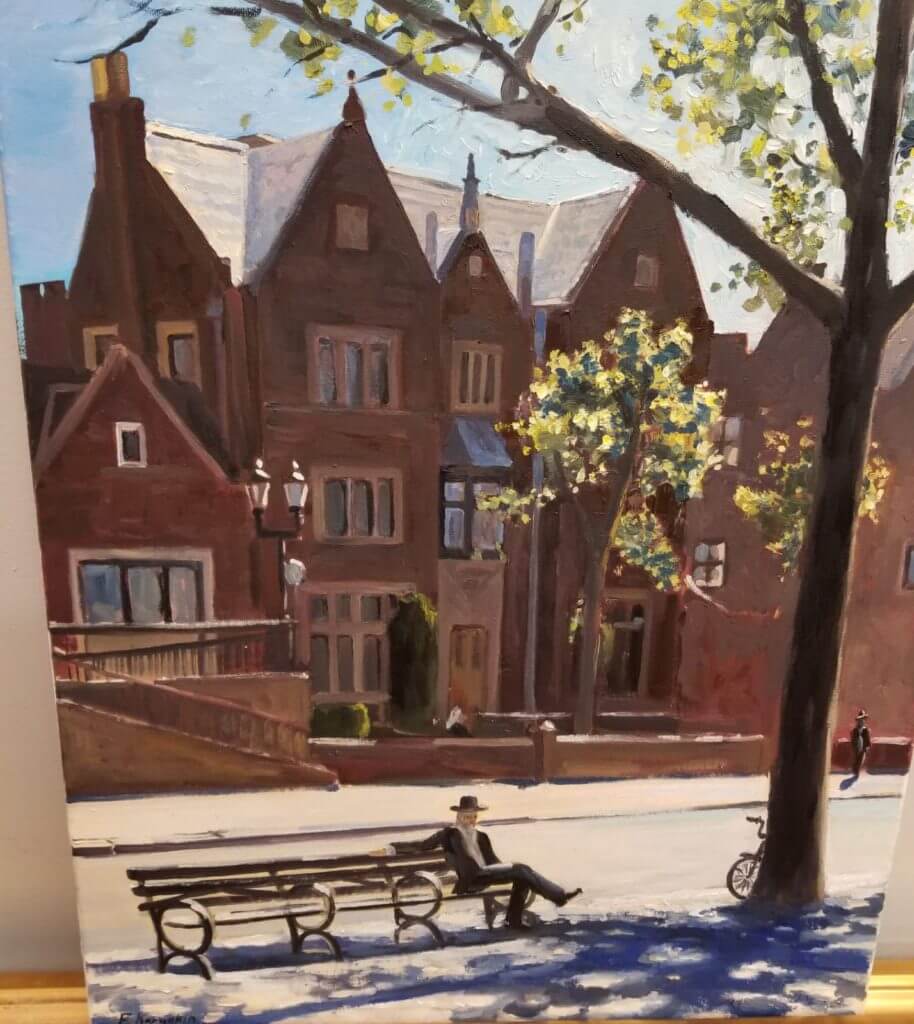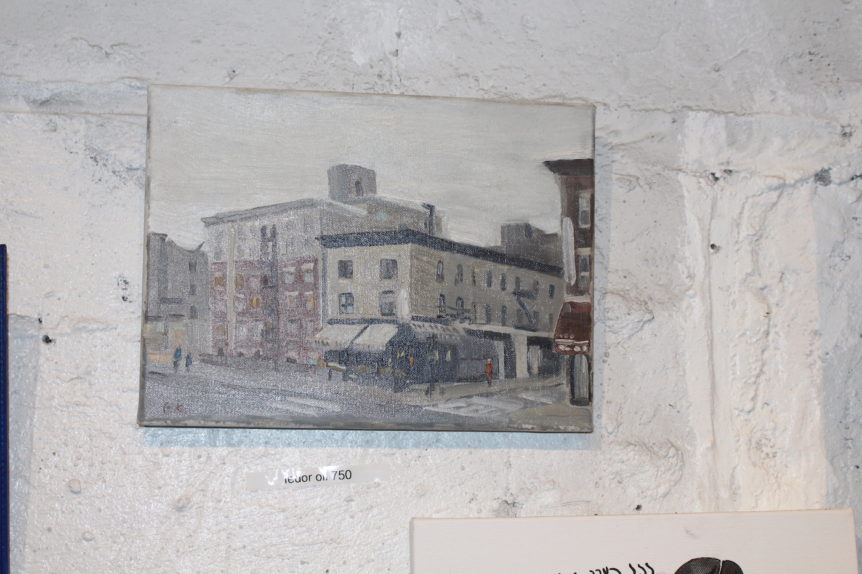Originally from Czechoslovakia, Fédor Löwenstein (Munich, 1901 – Nice, 1946) studied art in Germany before moving to Paris in 1923, attracted by its artistic influence. There he mixed with the painter André Lhote from Bordeaux and joined the Groupe des Surindépendants in 1936. His style evolved from Cubism to a form of Romantic abstraction. In 1938, he painted La Chute (The Fall), inspired by the signing of the Munich Agreement ratifying the dismantling of the Czechoslovakia created in 1918. France’s entry into the war drove him to leave the capital for Mirmande, a ruined village in the Drôme region, where Lhote held a summer academy. Löwenstein then divided his time between Mirmande and Nice where his mother and sister lived, but had to take refuge for a time in the Abbey of Aiguebelle. He fell ill in the autumn of 1943 and went to Paris to see a doctor; he died in Nice in 1946.
Navigation
- Home
- Shop
- Instagram Gallery
- All Artists
- Allen Hirsch
- Anna Zarnitsky
- Ben Avram
- Boris Shapiro
- Charles Fazzino
- Dovid Dershowitz
- Eden Chouraki
- Elena Flerova
- Ephraim Wuentch
- Fedor
- Inbal Levin
- Gadi Daddon
- Huvy
- Igal Fedidyah
- Itzak Holtz
- Lesya Bershov
- Leviticus
- Maayon Golzan
- Martha Hoffman
- Michoel Muchnick
- Michoel Zreyli
- Mira Eisen
- Mishael
- Moshe Raviv
- Morris Katz
- Ora Nissim
- Tzvi
- Tzvi Raphaeli
- Yaacov Agam
- Yehuda Netanel
- Yoel Glick
- Yoel Liebowitz
- Yossi Bitton
- Zalman Kleinman
- Jewish Art Blog
- Art Restoration
- Framing Service
- Contact Us
- (347) 401-0811
- 0 Items


